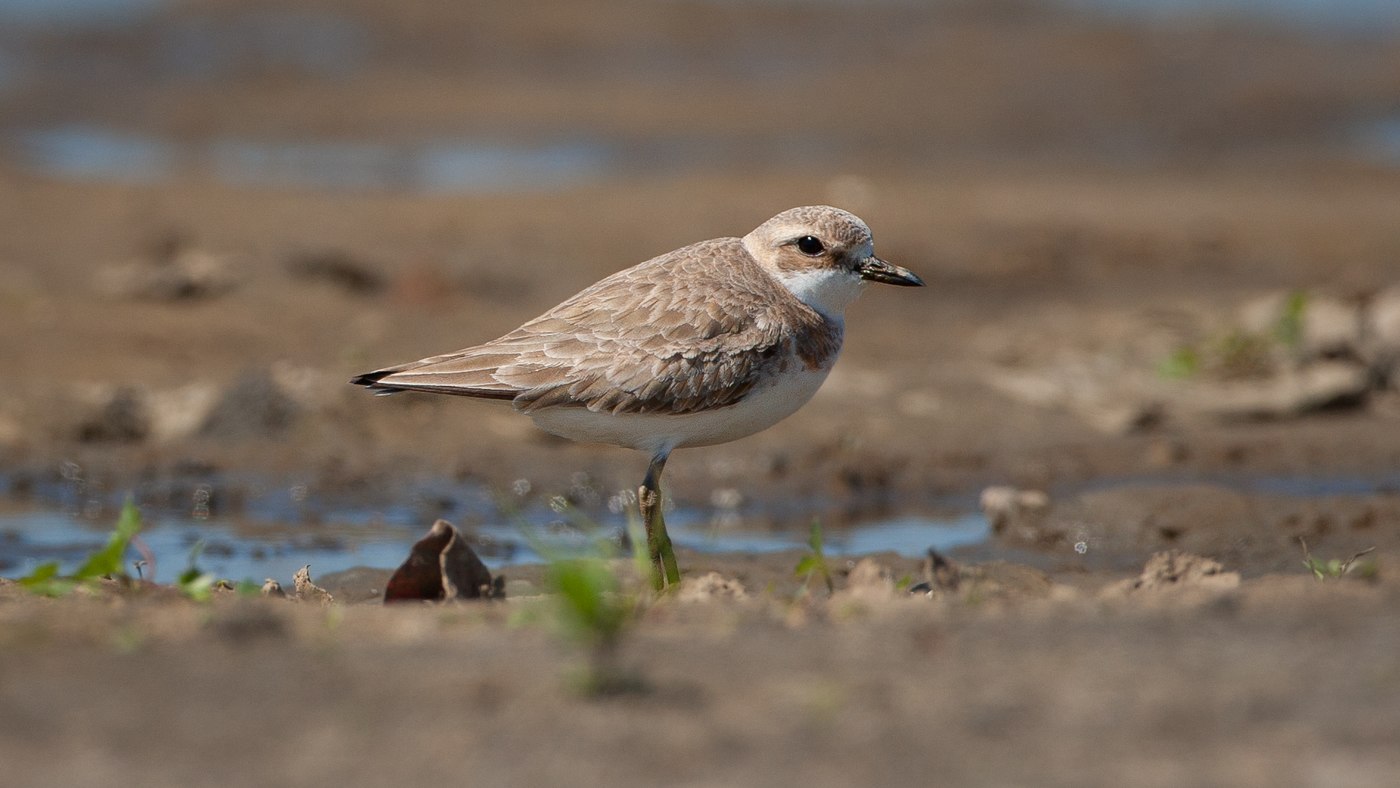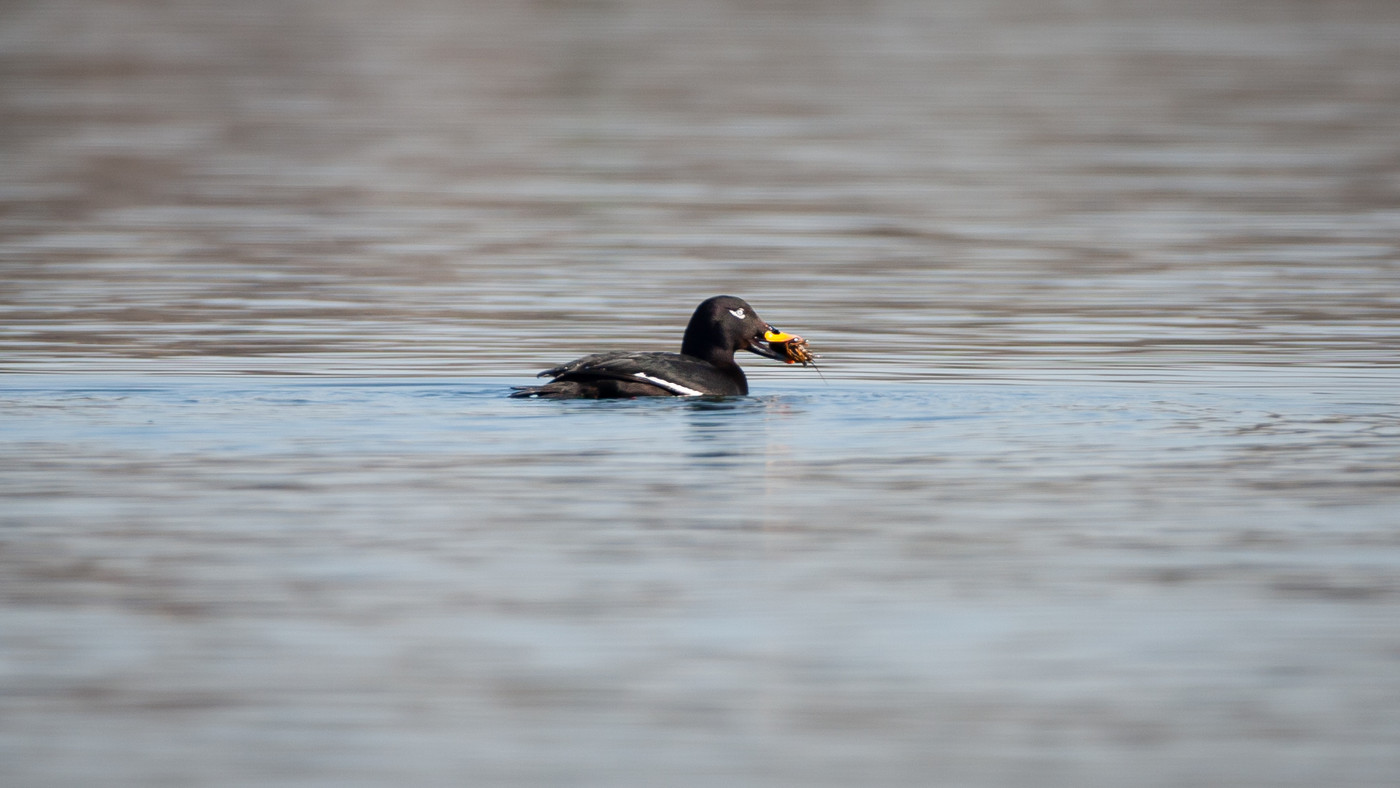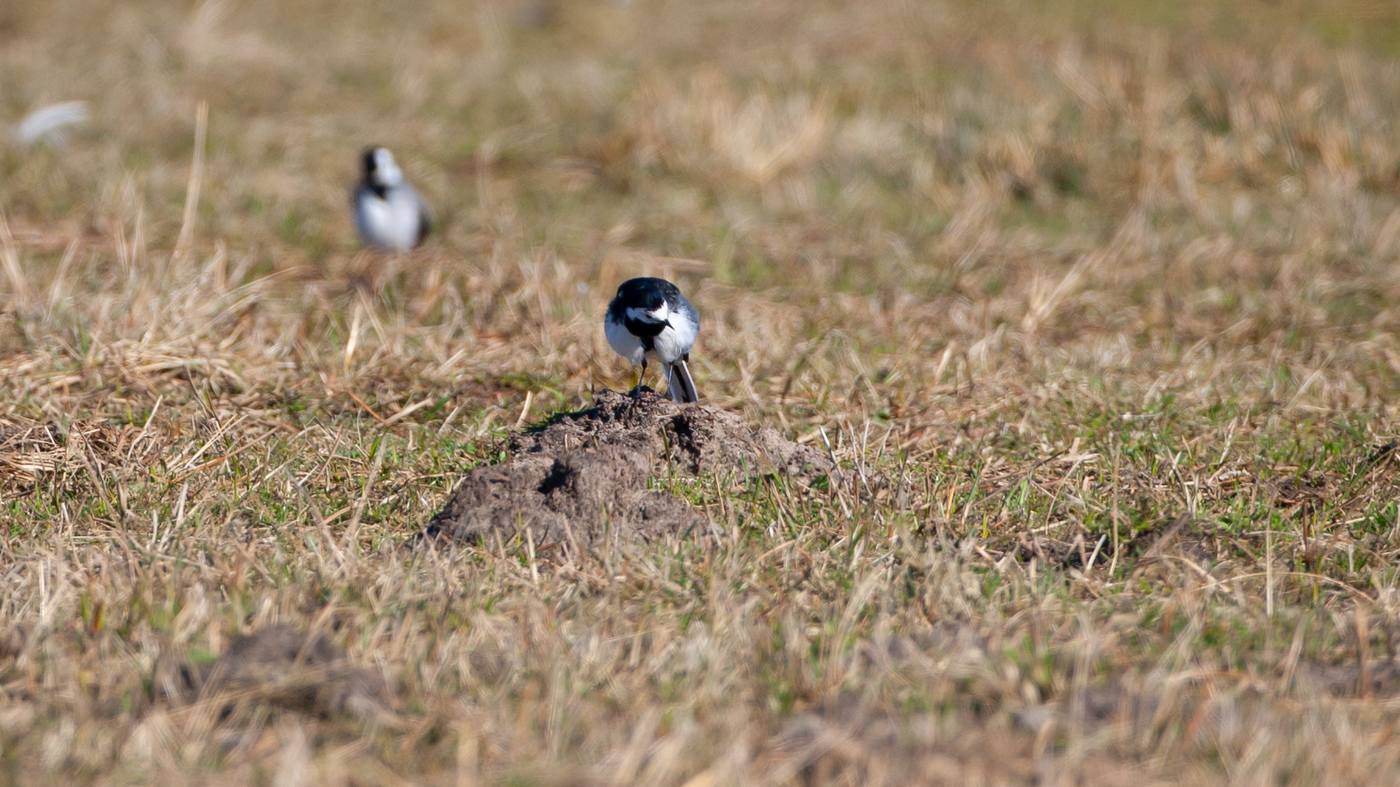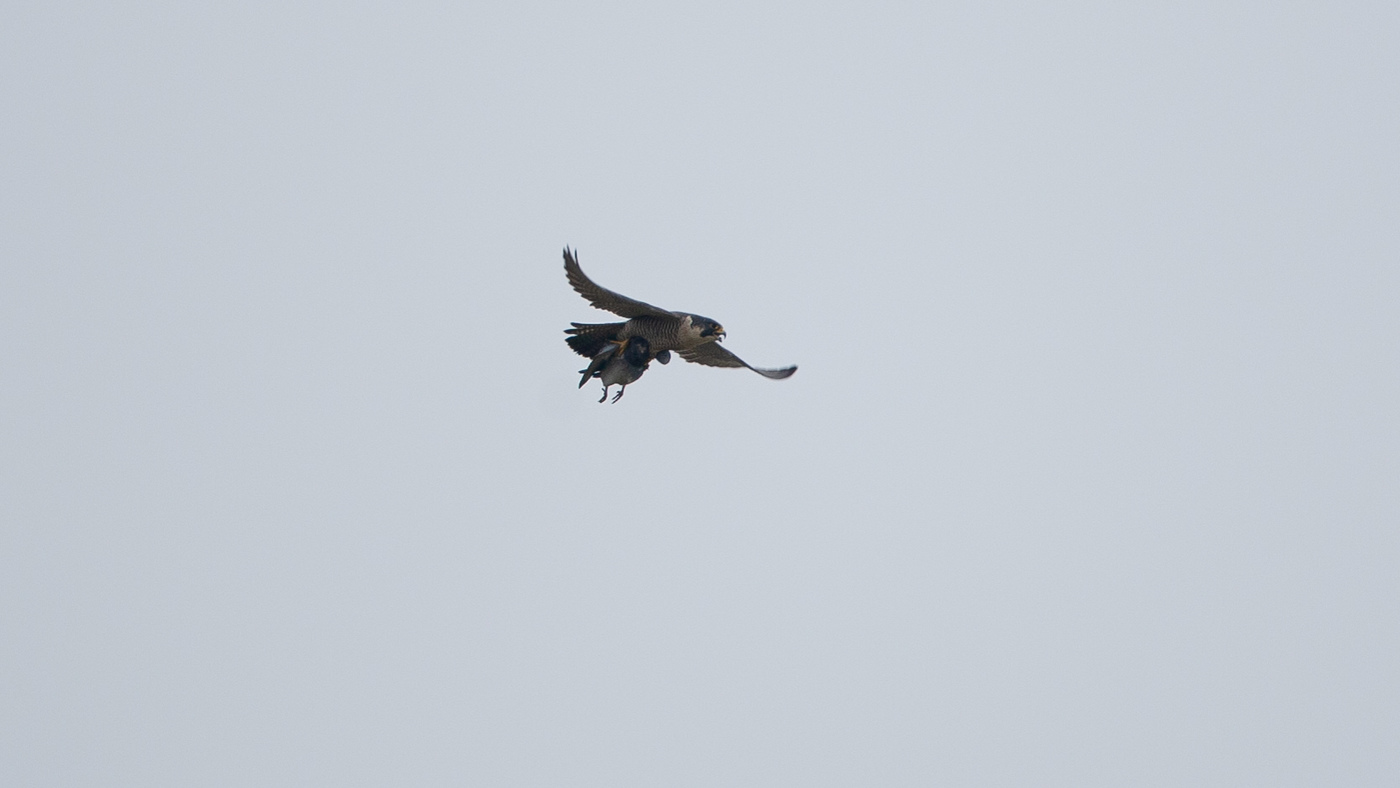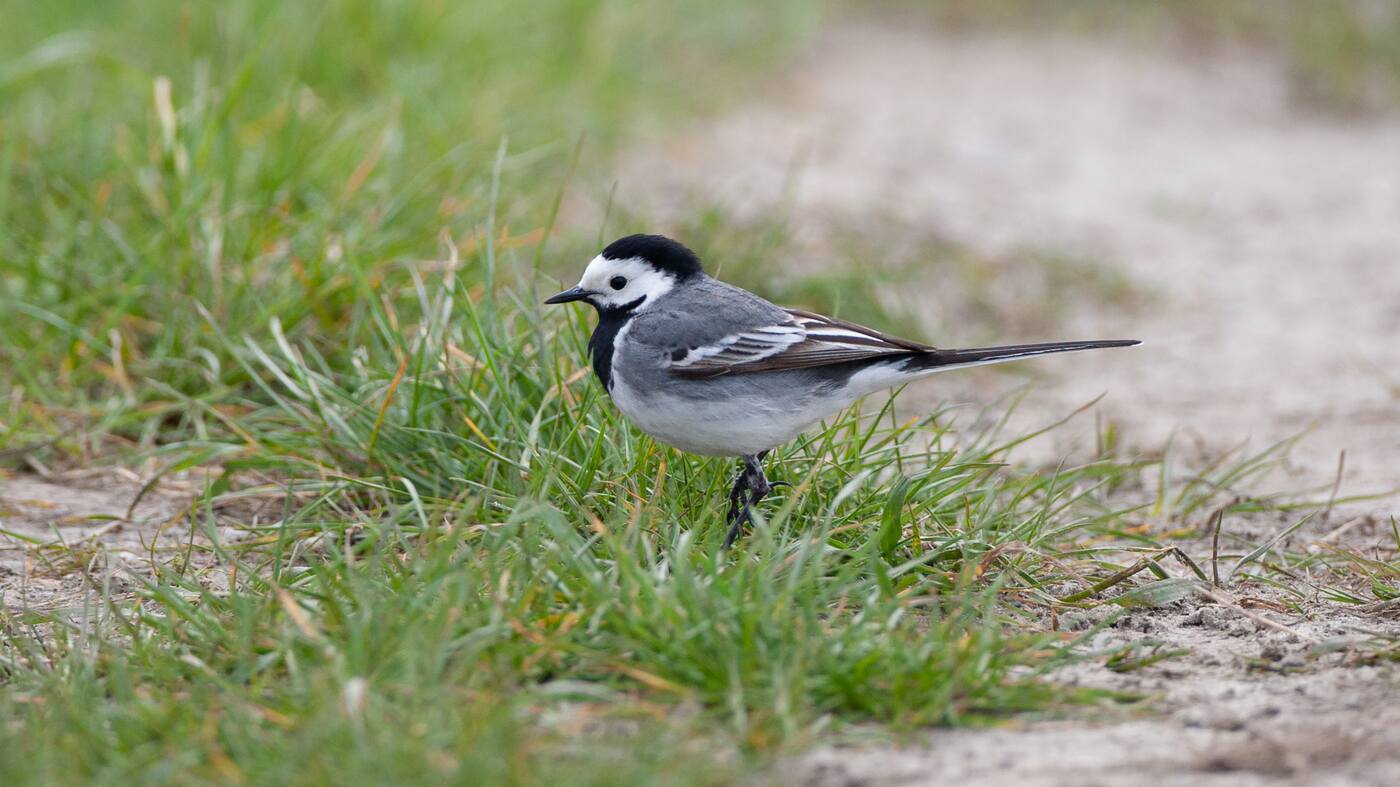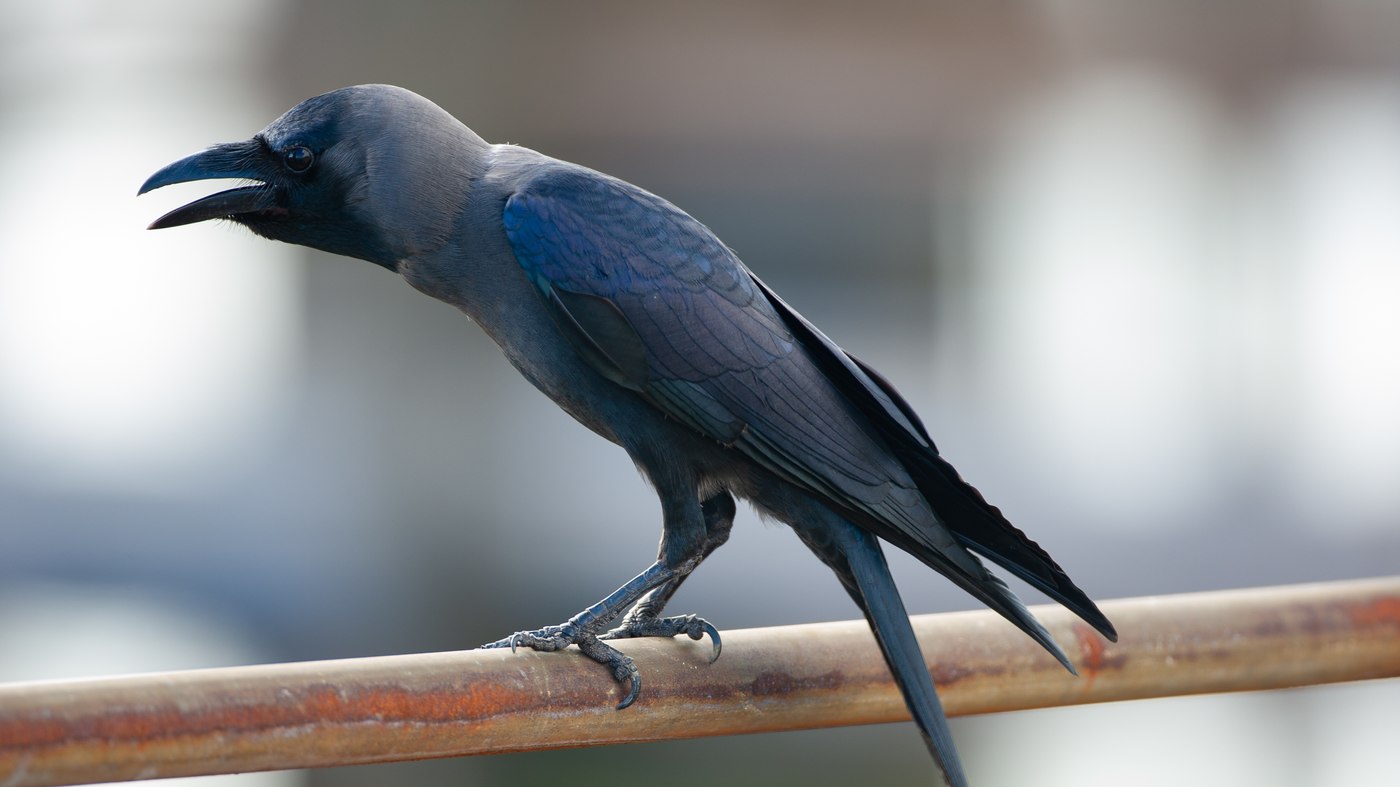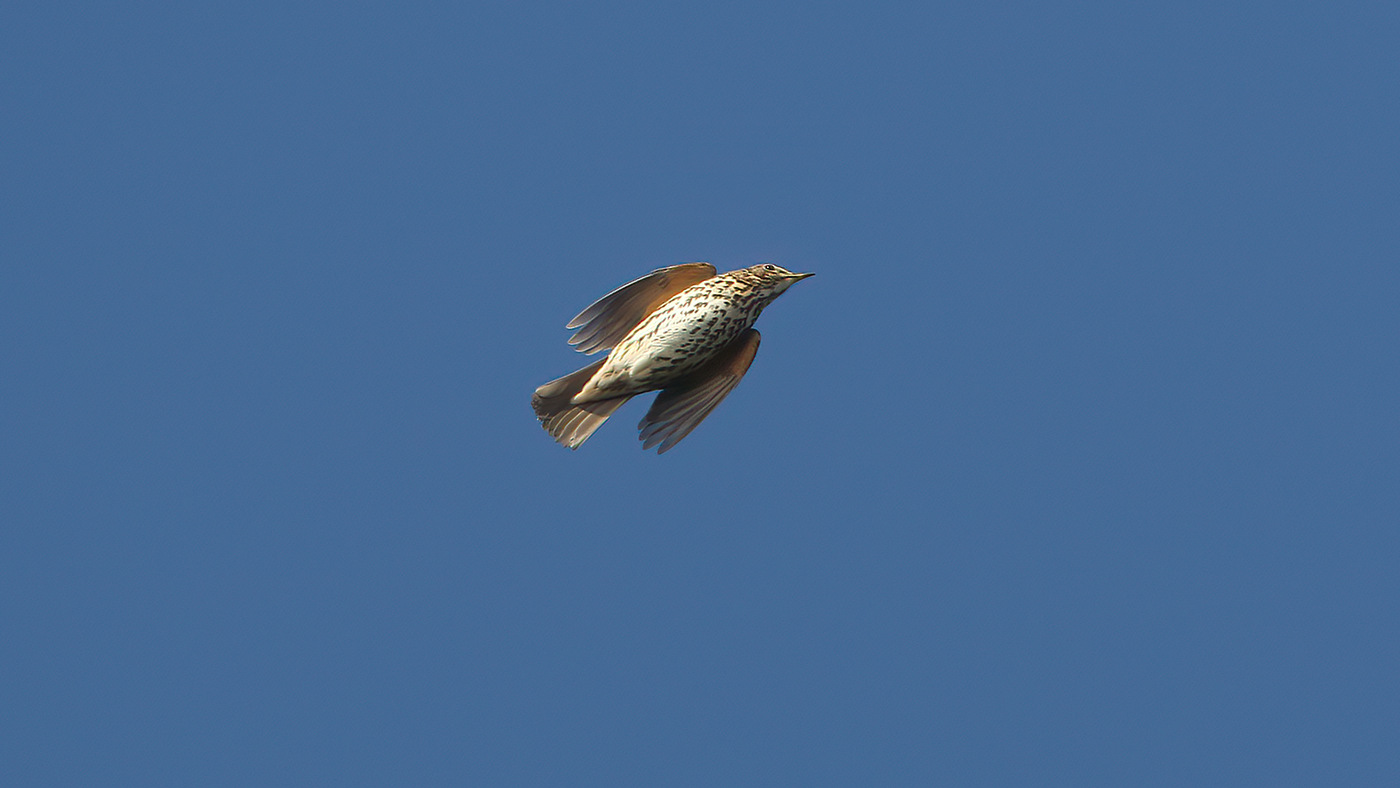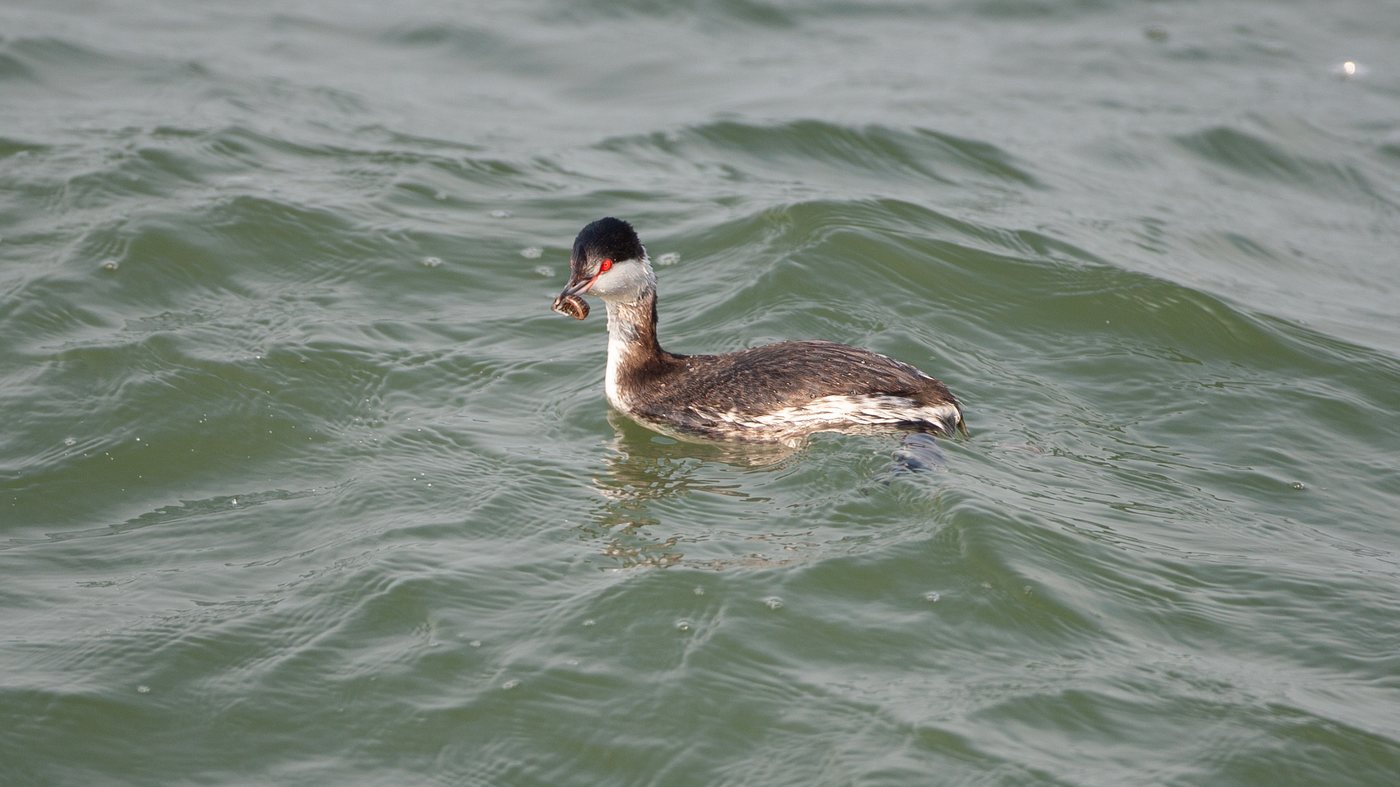Greater Sand Plover Lifer 389!!
- Details
After a journey of nearly six weeks on Sunday morning I arrive back to Uden at 5.30 in the morning. A Greater Sand Plover has been present for a few days just 30 km away and today he is still there. It is a new specie for me so I cannot let him shoot.
- Hits: 4225
Good day at the Kamperhoek
- Details
Despite a good chance of fog again, we chose to do the Kamperhoek again today. At half past six in the morning I picked up Jan Verhoeven and Thijs Fijen. During the trip it became clear that today we would have no problems with fog.
- Hits: 4273
Pied Wagtails in the province of North-Holland
- Details
Saturday morning we started at 7 hours to count migrating birds at the Kamperhoek. Jan Verhoeven, Thijs Fijen, Alwin Borhem, Christian Brinkman and I stood in a thick fog with visibility less than 100 meters. At 10 o’clock we decided to drive across the Trinteldijk toward North-Holland.
- Hits: 3953
Kamperhoek, less birds than yesterday
- Details
Today I celebrate my 48th birthday but that does not stop me to be in the field. Also today, the Kamperhoek is on the program followed by a visit to the Eempolder.
- Hits: 3761
White Wagtails are coming
- Details
The first real spring migration at the Kamperhoek today. Nice numbers of White Wagtails and other species. At 7.15 o’clock we start the count in beautiful conditions.
- Hits: 3959
Day of month listing
- Details
Because you can usually find me at the Kamperhoek in March I miss a few relatively simple species on my month list. Today is dedicated to filling in the blanks. Target species for today were: Greater Yellowlegs, Black BrentGoose, European Shag, Pink-footed Goose, Short-eared Owl, Long-tailed Duck, Greenshank, Red Knot, House Crow, Sandwich Tern, Bufflehead and Red-necked Grebe. According to waarneming.nl these species were observed yesterday.
- Hits: 4330
First spring migration count
- Details
March has arrived and traditionally I start to count migrating birds at the Kamperhoek. This is the migration site by the Ketelbrug that connects the Flevopolder with the Noordoostpolder. I am usually found here in the weekends until about May.
- Hits: 3867
Goosanders at the Oude Zeug
- Details
It is very quiet in Birding Netherlands and the best option was a visit to North Holland where a Red-necked Grebe was reported yesterday. This one sat nearby and so there were photo opportunities.
- Hits: 5484

